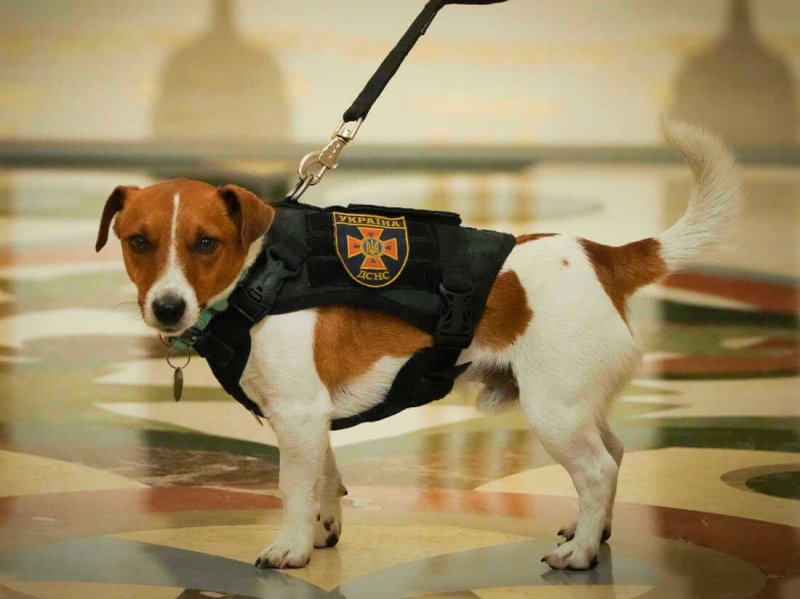We live in a world of odors—chemical signals that contain valuable data about our health, the environment and even personal choices like which foods, perfumes and beverages we enjoy. Despite decades of research and development, however, this aromatic information has remained mostly untapped.
But now scientists and entrepreneurs are redoubling their efforts to recreate the sense of smell in compact devices that detect and analyze odors similar to the way cameras now recognize our faces and microphones our words. In pursuit of these high-tech devices–which could use odors to detect disease like cancer or Covid-19, locate hidden explosives or decipher our moods and behaviors—some companies are leveraging advances in synthetic biology and genetic engineering. Others are harnessing advances in artificial intelligence.
Among the most futuristic devices are those that incorporate living cells engineered to react to specific odor components. Koniku Inc., a startup in San Rafael, Calif., is now using bioengineered nerve cells as the basis for sensors capable of recognizing the subtle odors of explosives.
…
“We design smell cyborgs,” says Osh Agabi, founder and chief executive of the firm. He says the firm is working with Airbus Americas to develop sensors for use at airports to detect packages and luggage containing explosives.































